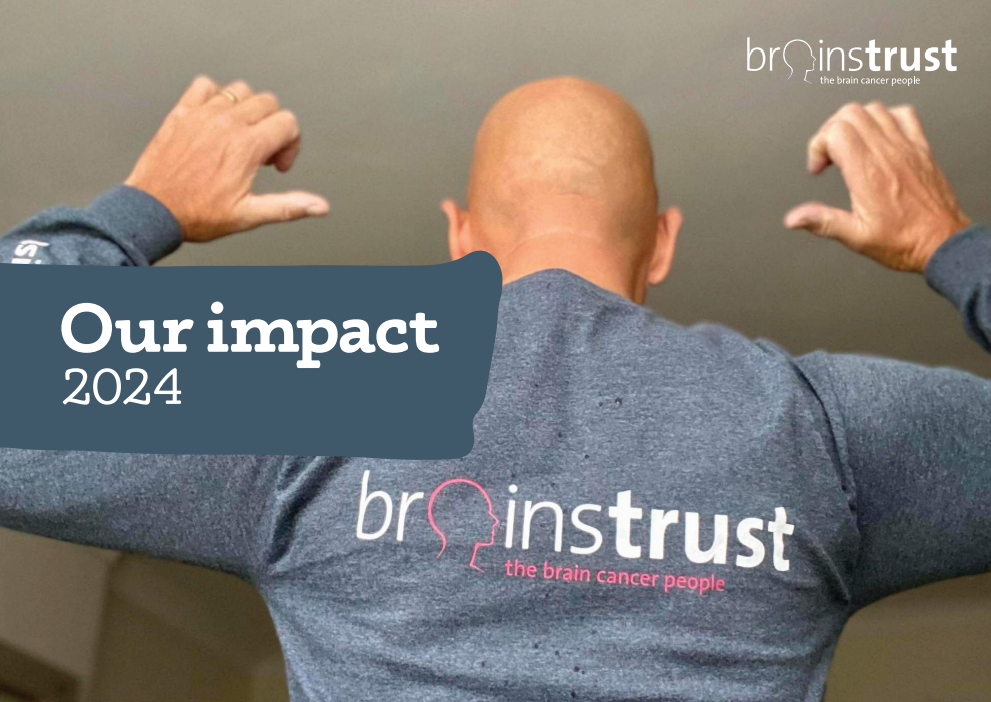
There is an ongoing police investigation into allegations of preventable deaths and injuries at Sussex Hospital Trust.
We understand that the departments under investigation are general surgery and neurosurgery, and that the claims centre on care delivered between 2015 and 2021.
105 cases were under investigation, and today we learn that this number has increased to 200.
You can read more on the BBC website, here.
We do not know how many of these cases relate to neurosurgery, or how many relate to general surgery.
We have been following the news closely and supporting people with a brain tumour who have been affected. We cannot comment in detail on anything around an ongoing police investigation and we take the confidentiality of those we help very seriously. In broad terms though we do know that this investigation has been going on for a number of years and that it’s caused anxiety for people who are under the care of the trust and uncertainty for those who have been treated in the past.
People tell us that as a result of the news they are either concerned about their upcoming neurosurgery, or the counter, that they are very happy with their care and they don’t want others to be dissuaded from engaging in their care, or for treatment to be delayed because of investigations.
We are supporting people under the care of the Trust. We can provide coaching and counselling to navigate uncertainty and anxiety, and we can also facilitate peer support for those that require it.
The BBC have asked us what advice we can offer people who might be affected, and how might people prepare for a consultation with their Neurosurgeon at the trust.
Helen Bulbeck, brainstrust Director of Services and Policy says, “we would advise people to identify and articulate exactly what it is that is concerning them. We would then explore whether these concerns are related to treatment in general or treatment at their specific hospital.”
And to prepare for consultations with clinicians, including neurosurgeons? Helen says, “We would advise people to have a read of the relevant brainstrust patient guides. Notably the sections on Diagnosis, Biopsy, Treatment and Follow up. These include important questions to consider. The guides are all available here. We ask callers what a good outcome would be, and to identify specific concerns that they would like to raise with their clinical team.
The BBC’s File on 4 is covering this topic in depth, and you can listen here
In the programme brainstrust is listed as a trusted source of support. Please don’t hesitate to get in touch if this news affects you or someone you care about. You can call us on 01983 202405, or email hello@brainstrust.org.uk









